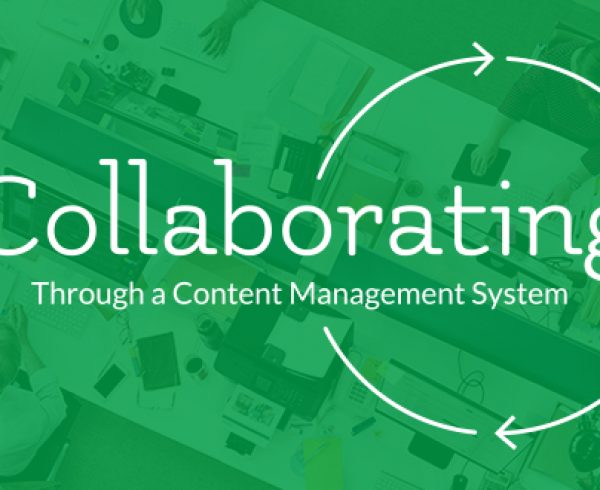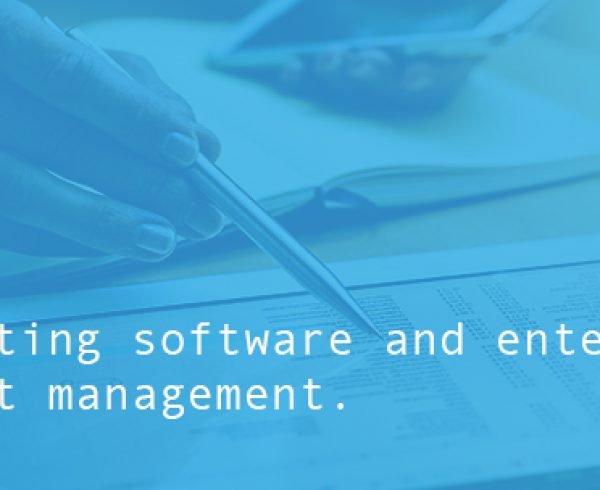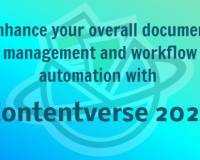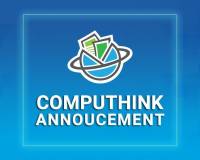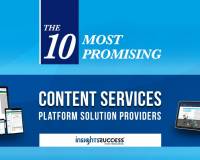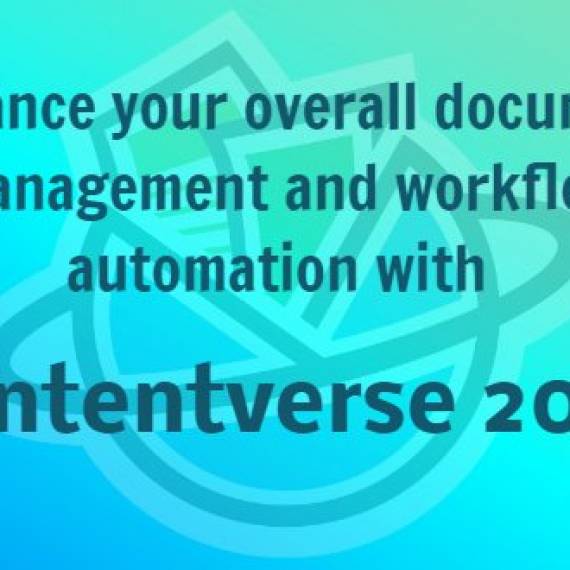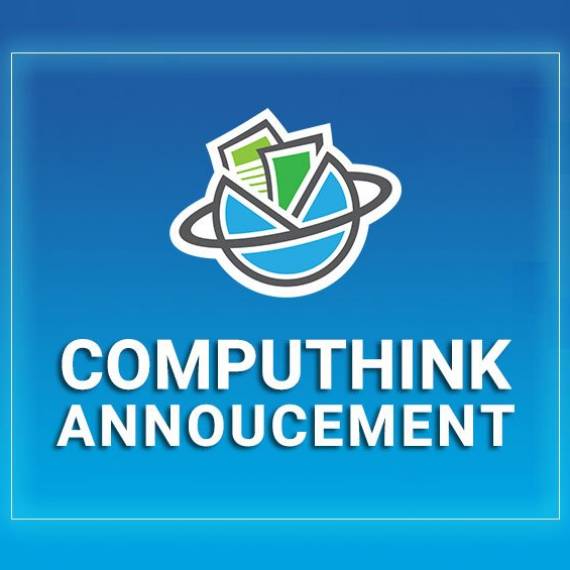For the first time in modern history, five generations are in the workforce at the same time. This has a number of repercussions for actually getting work done effectively (and generating revenue), but first, let’s tackle a few basics of the situation.
The exact age ranges for these generations fluctuate based on which study you use, but in general, these are the five generations currently working (the names of the generations can also vary by research study):
- Silents: The oldest generation in the workforce. Typically 70+ and born before WW2 concluded.
- Baby Boomers: Possibly the most notable generation in American history in terms of accruing wealth, this is the generation typically running companies at present.
- Generation X: These people are probably high middle managers or early-stage managers. This group would be in their late 30s to late 40s right now, and are at the stage where managing family (younger children) and work becomes a primary concern.
- Millennials: We’ve all heard dozens of generalizations about this group already – people currently in their mid-20s to mid-30s. They are currently the largest generation in the workforce.
- Gen Y, Z, 2020: The names vary for this group, but these are people who essentially just graduated from college and are entering the workforce now. They will predominantly all have less than five years of experience.
How do you manage all these types of people at once? Here are some tips.
Step 1: Don’t tread in generalizations
The millennial bucket above has somewhere between 80M and 120M people in it. While we’ve all seen articles that “millennials need feedback,” and that’s probably largely true, there are no doubt some among those 80 million who don’t want feedback. It’s very tough to generalize about generations, and many articles tend to make one major mistake when they do so: they compare, let’s say, Boomers now to millennials now. It’s nearly impossible to compare a 25 year-old to a 55 year-old in terms of connection to work, life responsibilities, views of self, etc. But if you were to compare Boomers then — say, the late 1960s — to millennials now, you’d see that some themes persist over time. In short, 25 year-olds in the workplace tend to behave similarly over time. For example: “work martyr” statistics over time (people who believe they are essential to their jobs and work a great deal) tend to show the youngest generations in the workforce as bigger workaholics. This is logical, because those generations need to prove themselves up the chain. This was true of Boomers then and millennials now.
Step 2: … but there is one major difference, and you probably know it
That would be technology, specifically digital/mobile. Many companies have had dozens of stops and starts getting a digital marketing plan together, and the reason is typically generational. We all know change is hard, but Silents/Boomers/even Gen X came up in the workplace with one set of established business models and approaches. Digital tools changed a lot of that. (This is what we commonly call “disruption.”) If you spent 30 years approaching your industry one way and suddenly it’s becoming very commoditized digitally, that’s jarring to how you work. Millennials and Gen Z have a slight advantage in this regard in that they mostly grew up around Google, digital offers, and the like. Next year is the 10th anniversary of the iPhone, meaning that a Gen Z employee (22-23 or so) may have had a smartphone since he/she was 12. A Boomer probably has had one since he/she was 44. Different entry points can make for different experiences here.
Step 3: Collaboration


The generational gaps caused by technology and reinforced by traditional hierarchy can cause communication and collaboration breakdowns, so that’s the primary aspect you need to manage. Some companies approach this with collaboration tools (i.e. Slack, Trello, Asana), but a better approach is to figure out what works for your company and your people and design it that way. Hundreds of companies have tried to roll out a flashy new collaborative tool and had it totally brick because the older generations weren’t comfortable working that way. Again, change is very hard for most people — and at work, where people consistently evaluate their relevance and competence, change can be even scarier.
Step 4: Communication
This is essential in any company of any size, and many still haven’t mastered it. From a multi-generational perspective, consider this from the book The Carrot Principle. You may design communication strategies for the many (i.e. an Intranet), but you absolutely must communicate to the one. Oftentimes, corporate communication strategies involve Intranets, e-mail blasts, newsletters posted in break rooms, and the like. Unfortunately, those don’t reach even a majority of your employees. The responsibility here lies with front-line managers. They should be communicating business model shifts, priority adjustments, and the like consistently. This is where the notion of performance reviews comes in — for years, most companies have operated on a once-a-year performance review model. There’s been some thinking recently that this model is outdated, and now big companies like GE have removed them. The idea is more frequent, organic communication between managers and direct reports. Unfortunately, many of the companies removing the once-a-year reviews aren’t replacing them with anything, and that’s not good either. The takeaway here is that you need to focus on communication, and empower/incentivize your front-line managers to make it a priority.
Step 5: Encourage networking and mentoring


Assigned mentorship is predominantly dead in most companies, but having so many generations in the workforce gives you a unique opportunity to pair people together in these contexts. If a 26 year-old in product marketing is struggling, consider finding ways to pair her with a 66 year-old in marketing. She’ll hopefully learn some lessons about career development, marketing in general, how your company works, etc. Research has consistently shown the power of mentoring in a work context, so make it a priority with all the age ranges in your business.
Step 6: Maintain productive workflow through priority alignment
Via some research by MIT’s Sloan School of Management, 67 percent of senior leaders can’t name the top three priorities of their firm (i.e. set by the CEO). Similar research has shown that only 8% — less than 1 in 10! — of senior leaders can determine priority, link it to strategy, and tie that to execution. In short? A lot of people in your business may be doing no- or low-value work all day because of unclear priorities about what matters. To maximize productive workflow across generations and their potential biases, you absolutely need to manage from a place of priority. This also has the added benefit of preventing “fire drills,” because if you’re clear on priorities, urgent needs that crop up can be slotted according to when they need to be dealt with. Recent research has shown that 21.4 million U.S. employees, for example, contribute almost no value to their enterprise. There are only 125.51 million full-time employees in America, meaning 17 percent — almost 1 in 5! — are essentially not contributing every day. Regardless of whether you have more 20-somethings, 40-somethings, or 60-somethings, then, priority alignment is crucial.
For more ways to engage and inspire all generations, check out InitiativeOne’s post on Generational Differences.





